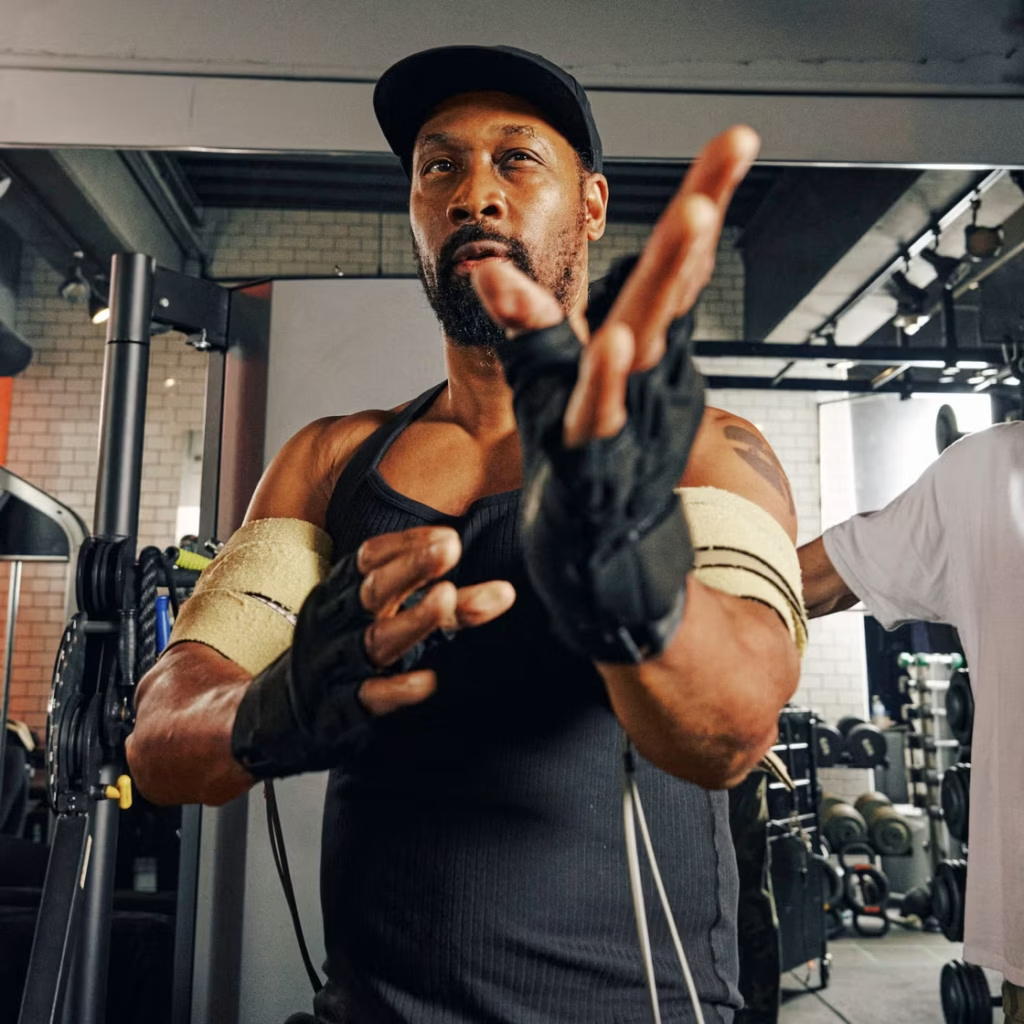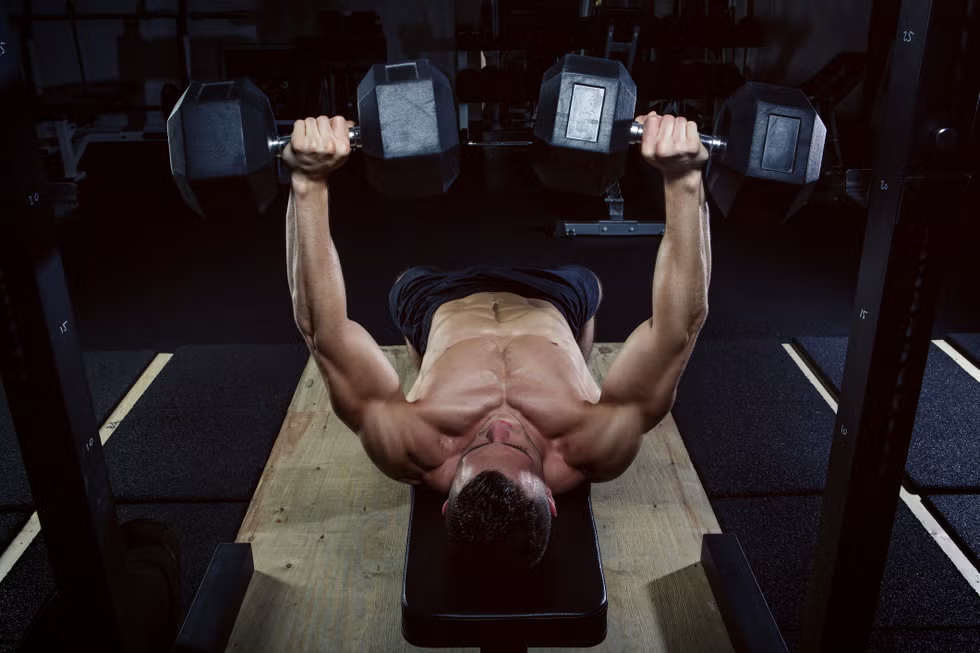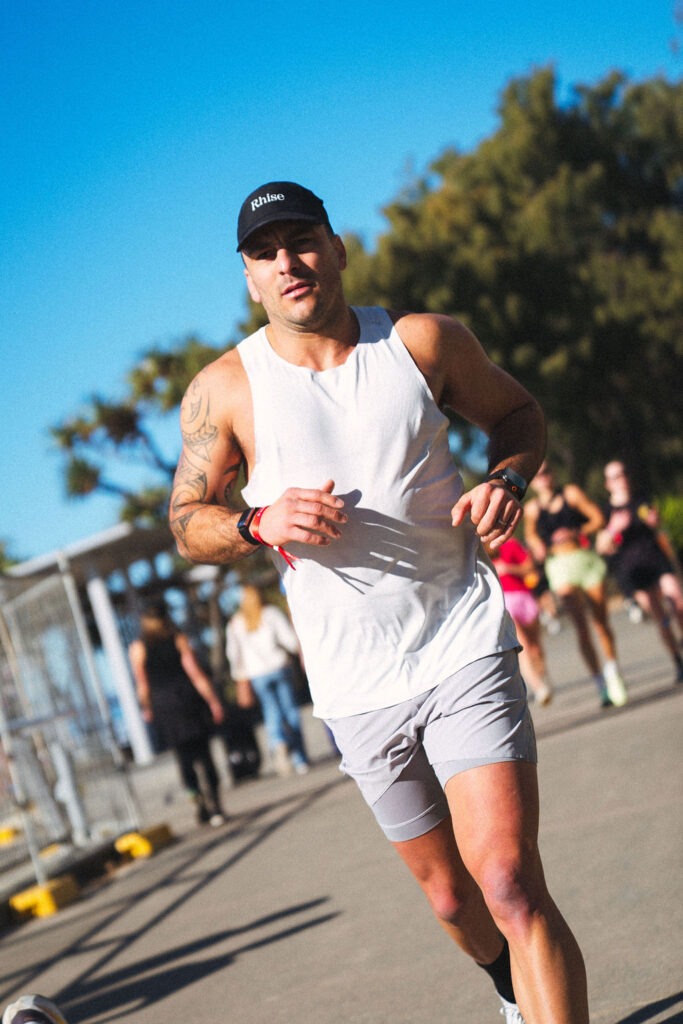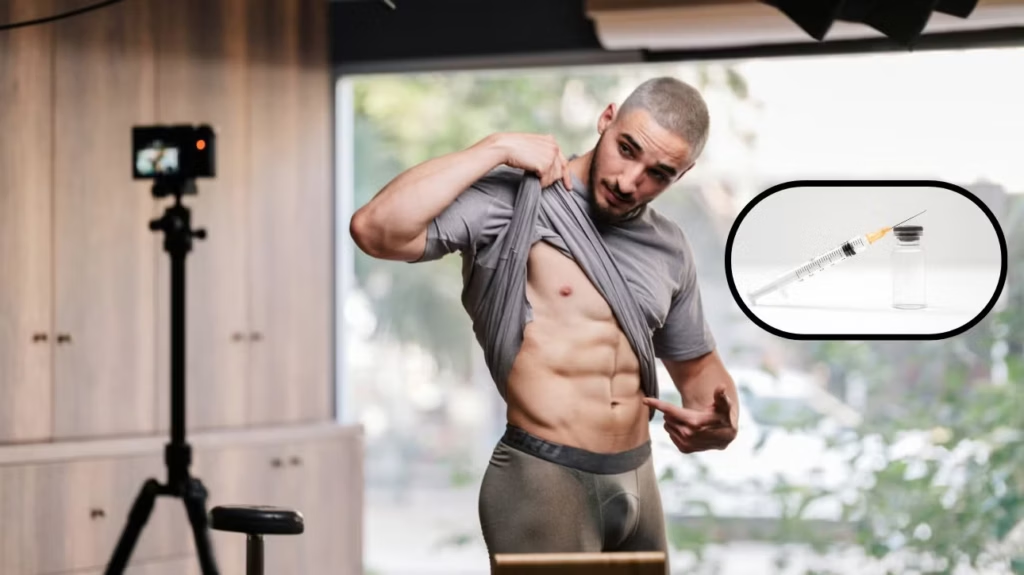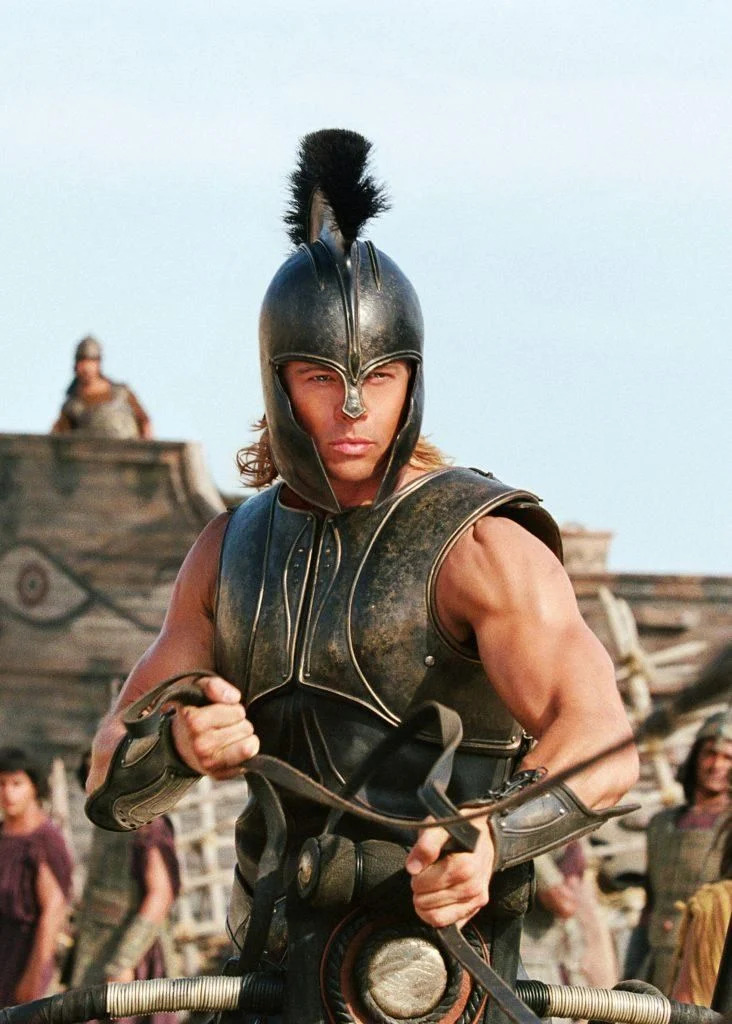IF YOUR GOAL is to build big arms, your path to gains is relatively simple: loads of volume for your biceps and triceps. But according to Men’s Health fitness director Ebenezer Samuel, C.S.C.S., you don’t—and shouldn’t—take an entire day dedicated to training just your arm muscles.
“There’s a whole list of exercises that just have to come before arms,” he says. Other muscle groups will take precedent for a variety of reasons—so you might find yourself running low on time once you get around to the pump-inducing moves that will lead to bi and tri gains.
The solution? Taking shorter, more focused workouts for arm gains. There are multiple approaches to take—and Samuel offers up a simple one here: a five-minute workout that can be tacked onto most other training sessions.
Why You Can Train Arms in Short Periods
>The key to this quick-hitting training approach is that you don’t need to train your arms as heavy as other muscle groups to elicit a growth stimulus. Instead, Samuel says that it’s more important to use lighter weights to focus on the mind-muscle connection. “What you need to do when you train arms is focus on feeling the muscle working on every single rep,” he says. Using heavier weights might actually make it more difficult to accomplish your goals. Many biceps and triceps movements are isolation exercises, which means that the objective is to move only at the target muscle. Once you start working with heavier weights, you’ll find yourself compensating your form to be able to finish the lift, like when you cheat a curl by swinging the weight and shifting your shoulders. Since muscle is your goal, this isn’t what you want to do.
How to Make Your 5-Minute Arm Workout Effective
Since you aren’t working with heavy weights, you can manage the volume you need to grow your arms in shorter rest periods. In Samuel’s preferred setup, you don’t actually rest very much at all—you’ll use supersets, working on one target muscle while resting the other, so you never stop working.
Use Complementary Exercises
The exercises you pair are important. With two straight movements that target the biceps, for example, you’ll fatigue faster without that built-in rest period when you shift focus. Aim for opposing muscle groups: the biceps and triceps. This also makes it simpler to flow from one movement to the next without switching weights.
Train Your Forearms With Intention
There are actually three muscle groups you’ll hit with this type of approach, but you have to focus in to make it truly effective. Grip the dumbbell handles with intent throughout the entire session, and you’ll work the forearms, too.
How Often Can You Do the 5-Minute Arm Workout
One of the great things about your arm muscles is that you can handle a great deal of volume. Samuel says that you can tack this series onto the end of training days that target other muscle groups without putting yourself at risk of overtraining. You can slot this in three to four times per week, especially if building big arm muscles is one of your main training objectives.
“I would think about putting this at the end of any of your upper body workouts,” he says. “Or, if you break things down into push-pull-legs, think about doing it at the end of a pull workout and you can also do it at the end of a push workout. We’re already touching arms during those upper body sessions, so we might as well end up finishing them off.”
The 5-Minute Arm Workout
How to Do It: You’ll need an incline bench (set to a 60 to 75 degree angle), a set of medium-weight dumbbells (you can curl this weight for 10 to 12 reps without failure), and a five-minute timer.
For the first 2:20 of the period, you’ll alternate between exercise 1A and 1B with no rest. You should be aiming to finish three rounds within that timeframe. After you’ve hit that mark, adjust your bench to a flat position for the second superset, exercises 2A and 2B. Finish through alternating between those two movements for the remainder of the period.
Don’t be concerned if you find yourself struggling to finish every rep of each set, especially as the time is close to complete. “It’s less about how many rounds you get and more about just continuing to move and pile up really good squeezes,” Samuel says. “By the end, you might only be getting four to five reps.”
If you feel like you still have more to give, rest for two minutes, then repeat the cycle.
1A. Incline Dumbbell Curl
Why: This exercise is particularly effective thanks to the seated position on the bench. You’ll put your biceps in a stretched position with your arms behind your torso, allowing you to work through a full-range of motion with each curl.
How to Do It:
- Sit in the bench, keeping your lower back flush to the pad and your butt on the seat.
- Hold a pair of dumbbells in each hand, allowing the weight to hang. Your elbows should be behind your torso, in line with your shoulders.
- Curl the weight up, moving only at your elbows. Control the tempo and feel your biceps working. Make sure that you don’t use momentum to lift the weight or shift your shoulders or elbows forward.
- Lower the weight down under control.
Sets and Reps: 10 to 12 reps
1B. Incline Overhead Triceps Extension
Why: You’ll challenge elbow extension, the main function of the triceps. Since you’re in the seated position you’ll be able to work through a full range of motion with this exercise as well.
How to Do It:
- Shift your body upwards on the incline bench into a standing position with your knees slightly bent, still keeping your back on the pad. Keep your shoulders, abs, and glutes engaged to keep your posture strong.
- Press the dumbbells straight up overhead, holding them with a neutral grip (palms facing each other).
- Lower the dumbbells back down behind your head, moving only at the elbows. Descend as low as is comfortable.
- Extend your elbows to lift the dumbbells back overhead.
Sets and Reps: 10 to 12 reps
2A. Dumbbell Skull Crusher
Why: Double up on the triceps with a move that demands that you work from strict upper arm position.
How to Do It:
- Lie back on the bench, holding your dumbbells in a neutral grip. Drive your shoulders into the bench, then squeeze your shoulders, abs, and glutes.
- Press the weight straight up, then shift your upper arms so that you’re at a 92 degree angle relative to your torso.
- Moving only at the elbows, lower the weights down toward your head.
- Extend your arms back to the starting position, squeezing your triceps.
Sets and Reps: 10 to 12 reps
2B. Seated Dumbbell Biceps Curl
Why: You’ll get more biceps work—and again, it’s important to focus on keeping your upper arm angle in the right position.
How to Do It:
- Sit in a tall position on the bench, keeping your shoulders, abs, and glutes squeezed to create full-body tension. Hold the weights in your hands with your arms hanging down the sides of the bench.
- Curl both weights up, moving only at the elbows. Work to keep your upper arms still so that you don’t swing the weights or get the shoulders involved.
- Squeeze your biceps at the top of the movement, then lower down with control.
Sets and Reps: 10 to 12 reps
via menshealth.com
Related:








